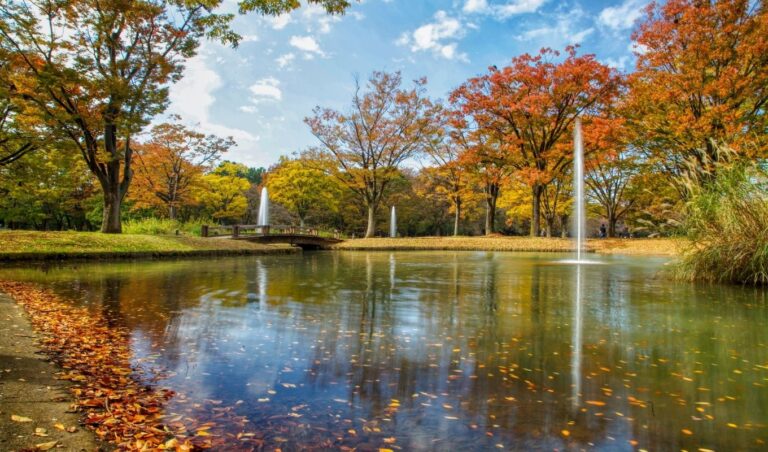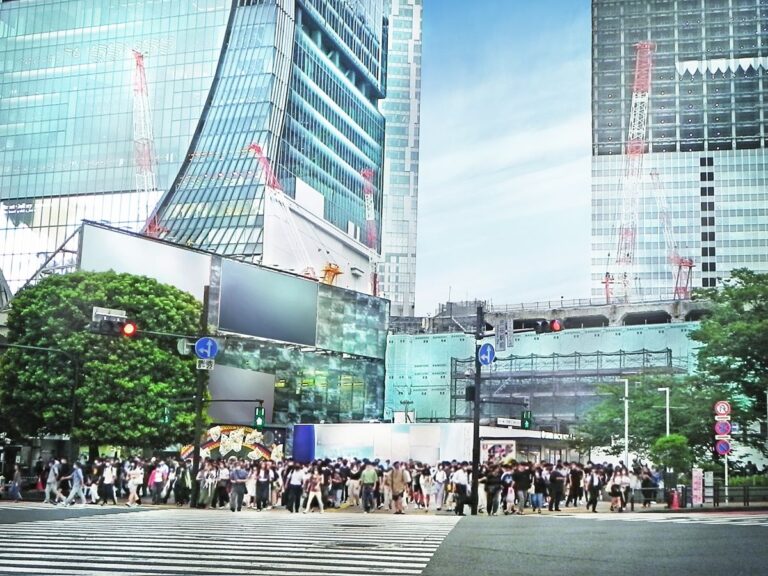A Brief History of Japan from the 16th century. Ancient Japanese Culture comes to life-
During the 16th century, traders from Portugal, the Netherlands, England, and Spain arrived.
So did Christian missionaries.
In 1639, the Tokugawa shoguns adopted a policy of isolation in order to stabilize their power, and banned all international trade. The missionaries were thrown out of Japan.
All locals who practiced Christianity were killed. The Ancient Japanese Culture was cut off from the rest of the world.
All the progress made by western world between 17th and 19th century was unknown in the history in Japan.
The Ancient Japanese Culture had its own feudal system of samurai, farmers, craftsmen, and merchants.
In 1853, Commodore Perry of the U.S. Navy sailed his fleet to the port of Uraga, near Tokyo.
He forced the shogun to enter into a trade agreement with the U.S. and cancel the period of isolation in the history in Japan.
This sudden encounter with the West and its advanced technology contributed to the downfall of the Tokugawa shoguns and motivated Japan to catch up with the outside world.
Japanese Culture And History During The Meiji Restoration
In 1868 there was a new emperor – Emperor Meiji who was only 16 years old at the time.
In spite of his age he managed to form an industrial and military supremacy in a few years.
He moved his government from Kyoto to Tokyo and set Japan on a course of modernization that would transform the Ancient Japanese Culture from a feudal society to an industrialized nation in only a few decades.
Western culture and influence flowed into Japan rapidly. The feudal system was eliminated.
By initiating a compulsory military service the Samurai were left without a position for the first time in the Ancient Japanese Culture.
Shinto became the formal religion in japan, but the emperor also announced religious freedom.
In 1904 Japan initiated war against Russia. Japan also canceled the independence of Korea.
The Americans and British started to feel their power in the area was being hurt. Around that interesting time in Japan history emperor Meiji died.
1912 AD – 1926 AD – Taisho Period – Taisho was the son of Meiji. Two years after he became emperor Japan joined world war 2.
Japanese used this war to conquer more areas in China. In 1918 an economical crisis developed in Japan. The 1923 Tokyo earthquake wiped out Tokyo and Yokohama. Huge fires burnt the remains. It is one of the most unknown and interesting Facts About Japan – this was the biggest disaster in the history of Japan.
Brief History Of Japan In Showa Period – A Time Of Extreme Nationalism
1926 AD – 1989 AD – Showa Period – the emperor was Hirohito – the grandson of Meiji. The economical crisis became worse.
Due to absence of natural resources, Japan felt a need to conquer resource-rich colonies leading to the invasion of China.
Following the military success it was a time of extreme Fascism in Japan’s history.
The peak was an attack on the US naval base in Pearl Harbor Hawaii (1941) that brought the United States to declare world war 2. Japanese history was at a turning point.
After a long and vicious Pacific fight the United States wiped out Hiroshima and Nagasaki with two atomic bombs.
The bombs killed approximately 130,000 people instantly in Japan. World war 2 Japanese defeat forced Emperor Hirohito to surrender to the United States on August 15, 1945.
The Americans allowed the emperor to remain in his position, because they were afraid of panic between the Japanese people.
In the emperor’s radio announcement to the Japanese people he announced himself to be human and not a divine entity.
The announcement came as shock to Japanese people. One of the unknown Facts About Japan is that Japanese people considered the emperor a god all along Japan history.
1945 AD – 1952 AD – Occupied Japan – After being defeated in world war 2, Japanese cities were in ruins. Japan lost 2 million people during world war 2. Japanese people had to give up all her occupied territories.
According to American demands after world war 2. Japanese army was dismantled, and the education system was thoroughly changed.
The emperors’ role was declared symbolic and Japan adopted a democratic constitution for the first time in Japan history.
Brief History Of Japan Post-Occupion
5 years after the war the Japanese industry went back to its post-war level. The increase was mainly due to the Korean War, in which Japanese industry was a major supplier to the NATO forces.
The country entered a period of peace and rapid economic growth.
It became a significant power in industrial sections, including car manufacturing and the electronic goods.
Tokyo hosted the 1964 summer Olympics, showing the world that it was a modern, industrialized nation.
Continue Reading:
History of the Samurai
Tokyo History
Japanese Culture And History
Japan History and Ancient Japanese Culture
Coolest stories about Japanese Culture And History
About Japanese Swords
From Brief History of Japan to History of the Samurai
Return from Brief History Of Japan to Tokyo Attractions
Return from Brief History Of Japan to Ancient Japanese Culture






